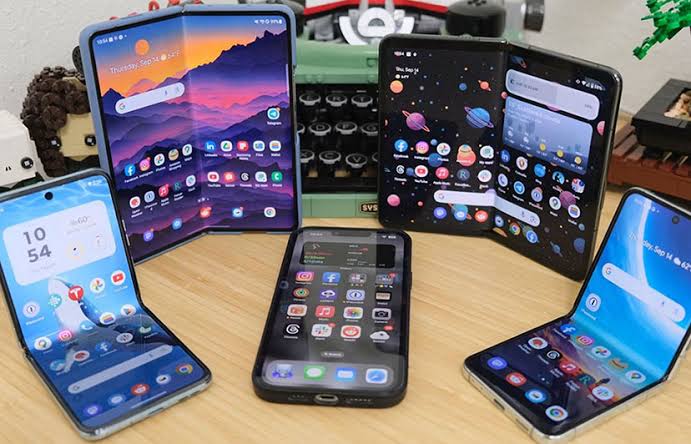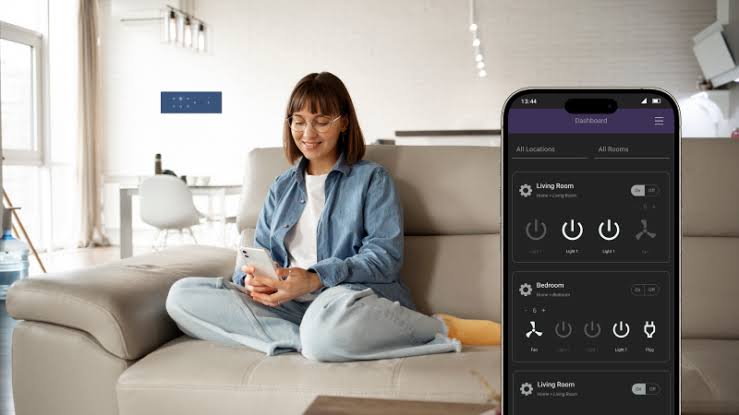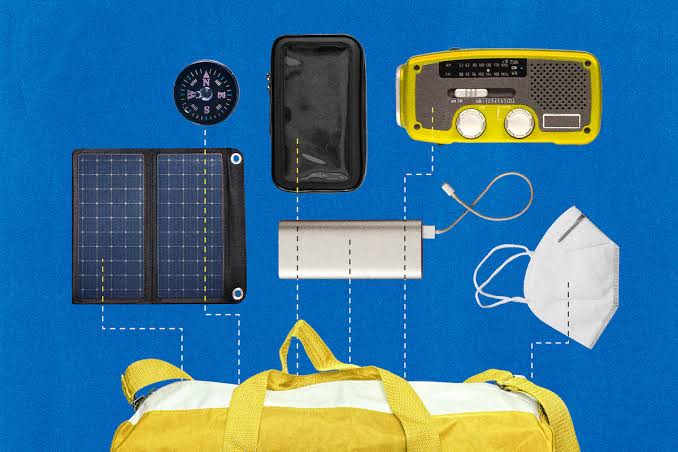Foldable smartphones have transitioned from futuristic novelties to real-world consumer gadgets in just a few years. As of July 2025, the foldable device market is entering a new phase marked by aggressive innovation, improved durability, and expanding market penetration. Major manufacturers like Samsung, Huawei, Motorola, Google, and Apple are now investing in foldable technology with more refined designs, longer-lasting hinges, and better software optimization. The evolution of foldables signifies a larger trend in mobile technology—toward flexibility, adaptability, and multi-functionality in compact devices.
Rise of Second- and Third-Generation Devices
The initial wave of foldable smartphones had durability issues and steep price tags, but newer generations have addressed many early flaws. As of mid-2025, the market has witnessed third- and even fourth-generation foldables that are more resilient and reliable.
Key improvements include:
- Stronger ultra-thin glass displays with fewer creases
- Reinforced hinges rated for hundreds of thousands of folds
- Water-resistant and dust-proof designs
- Improved display brightness and refresh rates
- Lighter materials and thinner profiles for portability
These advancements have made foldables more viable for mainstream use, rather than being niche luxury gadgets.
Enhanced User Experience with Software Optimization
Foldable phones offer dual-use form factors—compact for portability and expanded for productivity. But the hardware is only half of the experience. Software now plays a critical role in unlocking the full potential of foldables.
Software advancements supporting foldables include:
- Adaptive app scaling for both folded and unfolded modes
- Multi-window multitasking and drag-and-drop between apps
- Seamless transition between phone and tablet modes
- Task continuity across different screen layouts
- Android and iOS UI updates tailored to flexible displays
Major app developers are now optimizing their products for foldable functionality, which is driving broader adoption and enhancing usability.
Integration with AI and Smart Features
With AI integration becoming standard in mobile technology by 2025, foldable phones are now utilizing machine learning to enhance user engagement and performance. AI-powered features help maximize screen use, battery life, and productivity.
AI enhancements in foldables include:
- Intelligent split-screen management based on user behavior
- Predictive folding patterns to open preferred apps instantly
- Dynamic battery optimization tailored to screen configurations
- AI-generated summaries or multi-pane document previews
- Enhanced voice assistants that adapt to tablet or phone modes
These AI-driven functions are designed to make foldables smarter, more intuitive, and more personalized.
Growth of Foldables in Business and Productivity
One of the major selling points of foldable smartphones is their ability to double as productivity tools. Business professionals and creatives benefit from larger screen real estate without carrying tablets or laptops.
Foldables now support:
- On-the-go video conferencing with dual camera usage
- Advanced stylus support for design, signing, and sketching
- Secure document review and editing with multi-window support
- Built-in keyboards for tablet-mode typing
- Seamless integration with cloud storage and enterprise apps
As hybrid and remote work remain prevalent, foldables are becoming the go-to mobile workstation for professionals who need flexibility and power in one device.
Expansion of Market and Mid-Range Models
Initially priced above $1,500, foldable smartphones were once accessible only to tech enthusiasts or high-end users. But as production matures, component costs are falling, making foldables more affordable.
Trends shaping the market:
- Introduction of foldables under $900 by emerging brands
- Carrier-subsidized deals for flagship foldable models
- Rise of refurbished and trade-in programs for foldable upgrades
- Integration of foldable tech in mid-range devices with limited folding functionality
- Increased demand from Gen Z and mobile-first consumers
Foldable phones are now a part of the mainstream product lineup, no longer relegated to early adopters.
Innovations in Hinge and Display Technology
One of the most critical technical areas of foldables is the hinge mechanism. Manufacturers are racing to create slimmer, smoother, and more durable hinges that can handle frequent folding without stress damage.
Notable improvements include:
- Hinge designs with near-zero gaps to prevent dust entry
- Liquid metal components for added flexibility and strength
- Rolling screen tech allowing more versatile folding angles
- New polymers and alloys that reduce weight while boosting durability
- Embedded sensors in hinges for adaptive folding
Meanwhile, display technology is also evolving. OLED and MicroLED foldable screens are improving contrast, battery efficiency, and flexibility. Displays are also now more scratch-resistant, glare-free, and suitable for pen input.
Sustainability and Eco-Friendly Manufacturing
As sustainability becomes a central concern in tech manufacturing, foldable phone makers are exploring more eco-conscious approaches in 2025. This includes both material choices and product longevity strategies.
Sustainability practices include:
- Use of recycled aluminum and rare earth metals in foldables
- Modular repair-friendly designs to extend product life
- Battery replacements and hinge repairs as part of warranty plans
- Reduced packaging and carbon offsets during shipping
- Partnering with e-waste recycling programs and repair networks
By extending the life of foldable devices and minimizing environmental impact, companies are aligning with consumer demand for greener tech.
Foldables as a Gateway to Wearable Convergence
Foldable smartphones are not just standalone devices—they may soon serve as bridges to wearable tech ecosystems. Manufacturers envision a future where foldables, smartwatches, AR glasses, and earbuds work together seamlessly.
Upcoming convergence trends:
- Foldables controlling wearable AR interfaces
- Shared AI across devices for seamless user context
- Fold-out screens acting as dashboards for health or media tracking
- Simultaneous pairing with multiple wearables
- Foldables docking into larger screens or keyboards for extended use
This cross-device synergy points to a future of highly integrated mobile computing experiences that are flexible, intuitive, and adaptable to multiple use cases.
Challenges Still Facing Foldable Technology
Despite significant progress, foldable smartphones still face a few hurdles before becoming the industry standard.
Ongoing challenges include:
- High repair costs due to complex folding mechanisms
- App compatibility issues with some third-party software
- Potential screen creasing over time
- Need for ruggedization in harsh environments
- Battery life concerns due to larger, power-hungry displays
These issues are actively being addressed through R&D, but they continue to be areas of user concern in 2025.
Conclusion: A Flexible Future for Mobile Innovation
Foldable smartphones represent one of the most exciting innovations in the mobile space over the last decade. As of mid-2025, they are no longer a futuristic concept but a tangible and growing segment of the smartphone industry. With continuous improvements in display technology, hinge design, software integration, and affordability, foldables are poised to reshape how users interact with their mobile devices.
They offer a unique combination of portability and productivity, enhanced by AI and designed with sustainability in mind. As innovation continues, the foldable phone may soon become not just a premium option—but the standard form factor for the next generation of mobile computing.



